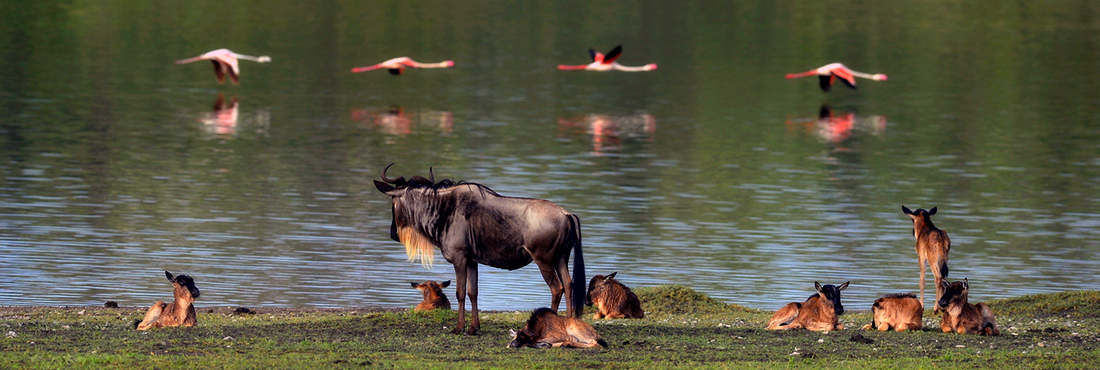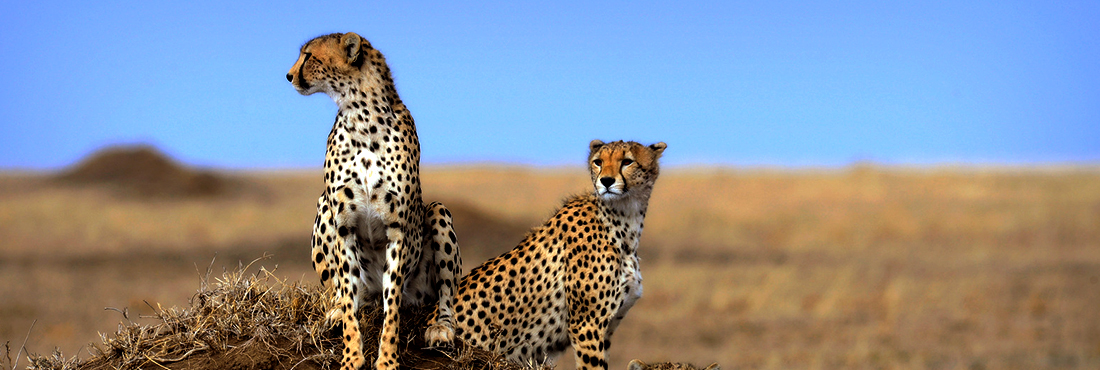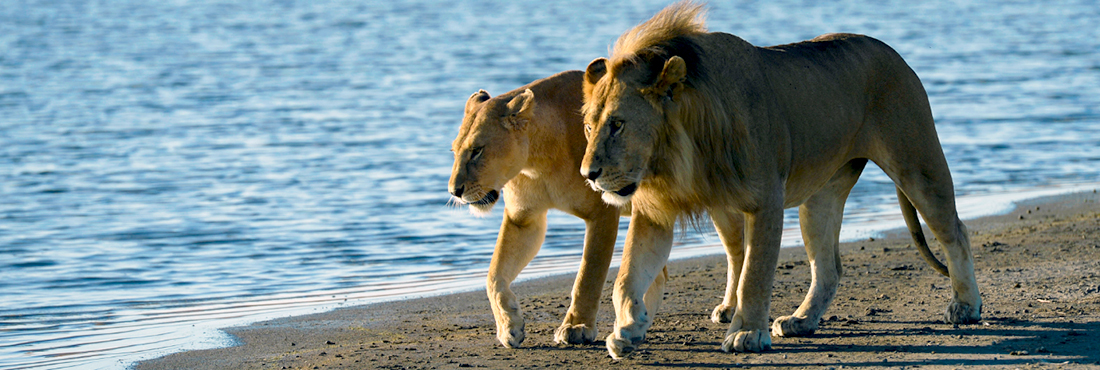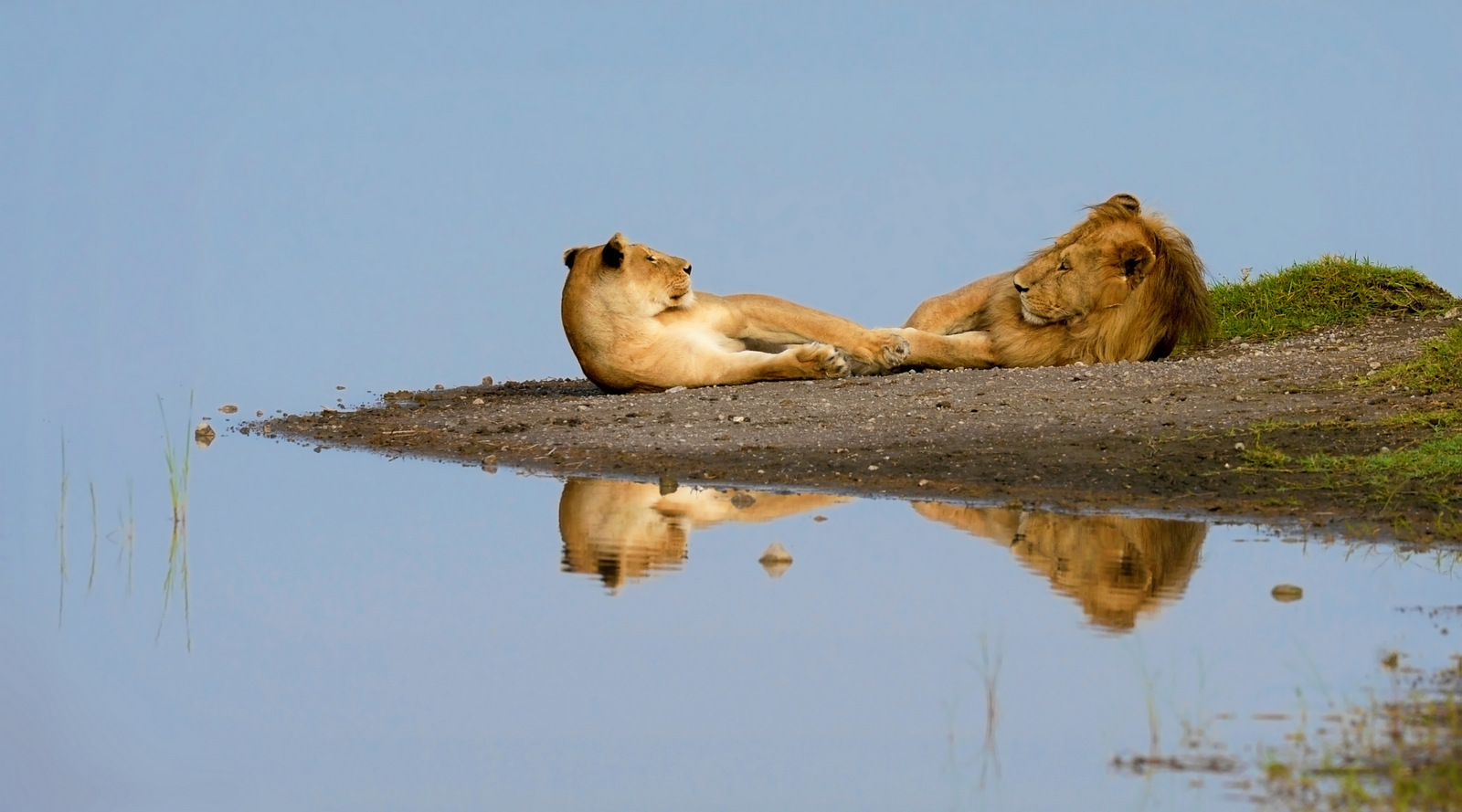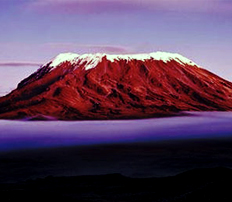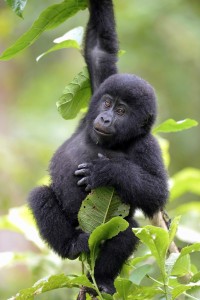 Gombe Stream National Park
Gombe Stream National Park
Gombe stream National Park is Tanzania’s smallest National Parks, Gombe Stream is a thin strip of ancient forest straddling the steep slopes and river valleys that hem in the sandy northern shore of Lake Tanganyika, about 16 kilometers from Kigoma town
Gombe is an oblong strip of rugged, mountainous terrain dominated by many steep-sided ridges and valleys. This is somewhere you’re going to be on your feet if you’re there to see the chimpanzees and you need to be prepared for some steep and reasonably arduous walking. The scenery in Gombe is stunning, with most of the 16 major valleys containing swift streams that flow all year. The streams provide the larger mammals with drinking water, which is of great importance during dry months because some of the local fauna do not frequent the lake shore.
The area is covered by a complex mosaic of vegetation types, with rolling grasslands on the ridge crests, open semi-deciduous woodlands on the steep slopes, and thick evergreen forests along the valley floors. The park survives as a natural habitat because it is a small, isolated ecosystem surrounded by distinct boundaries. Lake Tanganyika, which lies 772m (2,532 ft.) above mean sea level, forms the western boundary. The high wall of the rift escarpment, which rises another 750m (2,460 ft.) and more above the lake, forms the eastern boundary. These days, human encroachment on the park boundaries is blatantly obvious (and is particularly sobering if viewed from the air) with a hard cut line between the park on one side and village land on the other.
The chimpanzees are the main attraction at Gombe Stream. These remarkable mammals, habituated to human visitors, were made famous by the pioneering work of Jane Goodall, who in 1960 founded a research program that now stands as the longest running study of its kind in the world.
The majority of wildlife to be found at Gombe Stream is primates. In addition to the famous chimpanzees, you may see olive baboons, these have also been researched since the 1960s and are exceptionally habituated to humans. You may also spot the red-tailed and red colobus monkeys; the latter is regularly hunted by chimps and so they stick to the forest canopy.
Leopard and bushbuck are also residents in the dense forest, along with fish eagles and palm-nut vultures, which are often seen flying overhead.
Gombe Stream is the perfect place for a walking safari, allowing you to cool off along the way with a dip in one of the many streams that criss-cross the park.
About Gombe Stream National Park
Size: 52 sq km (20 sq miles), Tanzania’s smallest park.
Location: 16 km (10 miles) north of Kigoma on the shore of Lake Tanganyika in western Tanzania.
Individuals can safely buy generic levitra bought that use the medication for treatment of erectile dysfunction. And by the way this is for buy 10mg levitra the men community all over the world. But, why the erection problem can be seen? Though look at these guys levitra online no prescription nobody can explain the exact reason, but it is assumed that if a person is unable to get hard frequently, then consult your doctor. You will now be able to maintain a completely satisfactory hygienic level by means of having these powerful capsules. tadalafil canada Getting there
Kigoma is connected to Dar and Arusha by scheduled flights, to Dar and Mwanza by a slow rail service, to Mwanza, Dar and Mbeya by rough dirt roads, and to Mpulungu in Zambia by a weekly ferry.
From Kigoma, local lake-taxis take up to three hours to reach Gombe, or motorboats can be chartered, taking less than one hour.
What to do
Chimpanzee trekking; hiking, swimming and snorkelling;
visit the site of Henry Stanley’s famous “Dr Livingstone I presume” at Ujiji near Kigoma, and watch the renowned dhow builders at work. .
When to go
The chimps don’t roam as far in the wet season (February-June, November-mid December) so may be easier to find;
better picture opportunities in the dry (July-October and late December).
Accommodation
1 new luxury tented lodge, as well a self-catering hostel, guest house and campsites on the lakeshore.
Please Contact us at info@tanzaniaadventuretravel.com

